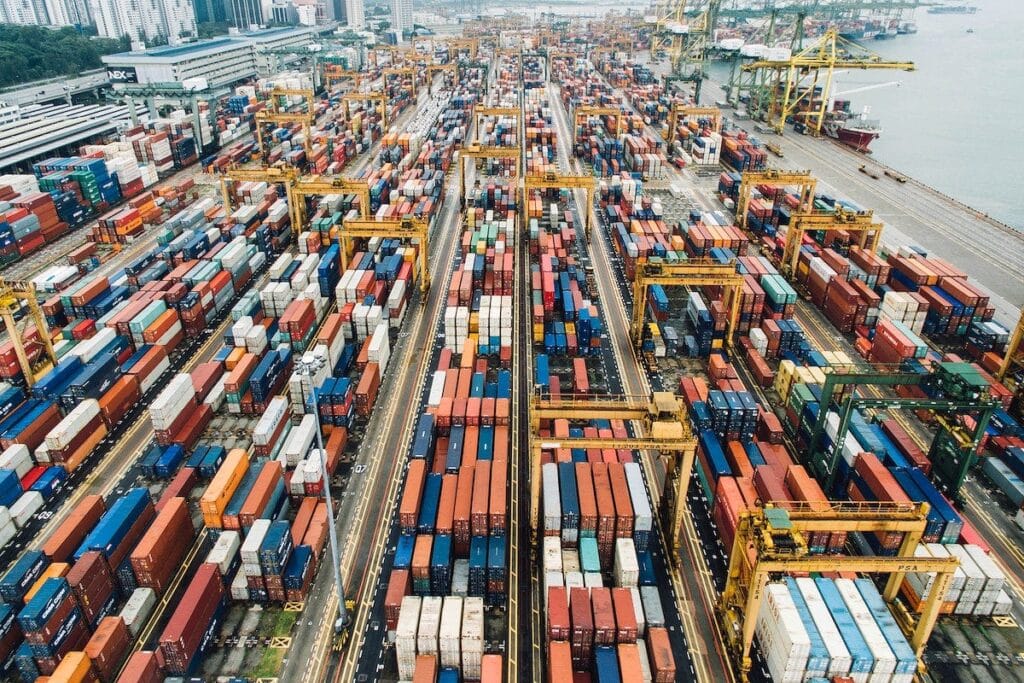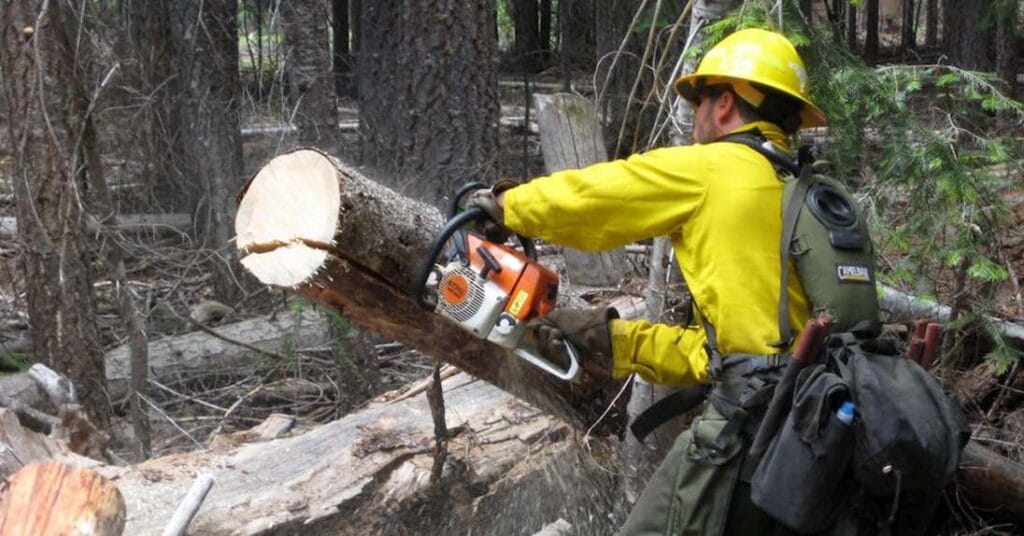
In emerging markets across Africa, the Middle East, Central Asia, and South America, success in the workwear business depends not only on the products you sell but on how effectively you can get those products to every region, every project site, and every worker.
A powerful local distribution network — built on trust, incentives, and structure — allows you to scale beyond your city, expand nationally, and even enter cross-border markets.
In this article, we’ll explore:
- How to identify and recruit core distributors or agents
- How to structure pricing tiers, incentives, and stock support
- Real-world examples from Nigeria’s multi-tier distribution model
- A sample distributor agreement template you can adapt to your own business
To build a strong distribution network for workwear, start by partnering with 2–3 key regional wholesalers, set clear pricing and rebate structures, and support them with marketing and stock credit.
Use a tiered model — core agents → sub-distributors → retailers — to expand coverage while maintaining control.
🧱 Step 1: Find Core Distributors or Agents
Building an efficient distribution network starts with identifying the right partners, not just the biggest ones.
The first goal is to find trusted wholesalers who already have access to contractors, hardware stores, or government projects.
🔍 What to Look For
| Criteria | Description | Why It Matters |
|---|---|---|
| Market Coverage | Can they sell beyond one city or region? | Ensures faster national reach |
| Product Category Experience | Do they already handle PPE or construction tools? | Reduces training time |
| Financial Stability | Can they handle credit terms or bulk imports? | Prevents delays and defaults |
| Reputation | Are they trusted by retailers and contractors? | Helps your brand build credibility |
💬 Tip: Instead of offering exclusivity immediately, test their performance in a single region for 3–6 months. If sales grow steadily, upgrade them to a “Core Agent” or “Regional Partner.”
🌍 Step 2: Expand Nationwide and Cross-Border
Once you have reliable regional agents, the next stage is structured expansion.
Think in layers:
- Core Distributor (Tier 1): Handles imports, national stock, and B2B key accounts
- Sub-Distributors (Tier 2): Resell to smaller wholesalers or stores in nearby regions
- Retailers & Dealers (Tier 3): Reach the end users — contractors, factories, and workers
🌐 Expansion Example
- Phase 1: Lagos → Abuja → Port Harcourt (Nigeria)
- Phase 2: Extend to neighboring countries — Ghana, Benin, Cameroon
- Phase 3: Support cross-border logistics via regional warehouses
🚛 Case Insight: Many West African distributors use cross-border truck networks instead of air freight. By sharing containers (“groupage”), they reduce logistics costs by up to 35%.
💰 Step 3: Manage Distributors Effectively
A strong distribution network runs on clarity and motivation.
Without clear rules, pricing, and incentives, conflicts and parallel imports will appear quickly.
📈 Key Elements of Distributor Management
1. Price Structure
Define pricing tiers from factory to end-user:
| Level | Margin (%) | Responsibility |
|---|---|---|
| Importer / Brand Owner | 10–15% | Stock, marketing, after-sales |
| Regional Distributor | 15–25% | Local sales & dealer network |
| Retailer | 20–30% | Retail selling & service |
⚠️ Always publish a Minimum Advertised Price (MAP) policy to avoid price wars.
2. Rebate Mechanism
Motivate distributors with quarterly or annual rebates:
- 3% rebate for achieving target volume
- 5% rebate for early payment
- Free promotional goods for high performers
3. Stock & Marketing Support
Provide marketing materials, catalogs, display racks, and sometimes credit-based inventory for your top-tier partners.
💬 Tip: Instead of giving direct discounts, offer co-branded marketing support — it strengthens both loyalty and visibility.
🇳🇬 Case Study: Nigeria’s Tiered Distribution Success
When Alpha Safety Gear Ltd., a Nigerian PPE importer, launched in 2021, they faced a fragmented market with limited national coverage.
They began by partnering with two core distributors — one in Lagos, one in Abuja.
Each distributor managed 3–5 sub-distributors, who then supplied hardware stores and regional markets across multiple states.
Within one year:
- Coverage expanded from 2 to 5 states
- Monthly sales tripled
- Warehousing costs decreased by 20% due to shared inventory
- Retail visibility improved via branded uniforms and banners
“We used to handle every dealer ourselves. Once we built a tiered network, orders doubled, and we finally had time to focus on new product development.”
— CEO, Alpha Safety Gear Ltd.
🧩 Step 4: Monitor and Maintain Performance
Your distributors are not just customers — they are extensions of your brand.
Monitor their progress through simple but consistent reporting.
🗂️ Distributor Performance Dashboard (Example)
| Metric | Tracking Method | Frequency |
|---|---|---|
| Sales Volume | Monthly sales report | Monthly |
| Stock Levels | Inventory update | Bi-weekly |
| Payment History | Credit control sheet | Monthly |
| Market Feedback | WhatsApp group updates | Weekly |
| New Clients Added | Distributor reports | Quarterly |
📊 Tip: Use WhatsApp or Google Sheets for real-time updates — most small distributors prefer simple, mobile-friendly systems.
🧰 Practical Tool: Sample Distributor Agreement (Key Clauses)
### DISTRIBUTOR AGREEMENT (EXCERPT)
1. **Territory**
The Distributor is authorized to sell and market products within [defined region or country].
2. **Pricing and Margins**
Distributor purchases at the agreed wholesale rate with a minimum resale price set by the Brand Owner.
3. **Sales Targets**
Quarterly targets will be reviewed and adjusted annually based on performance.
4. **Brand Usage**
Distributor may use the Brand’s logo and promotional materials with prior approval.
5. **Payment Terms**
Payments due within 30 days of invoice unless otherwise agreed.
6. **Rebate and Incentives**
Distributor may qualify for rebates based on annual purchase volume.
7. **Termination**
Either party may terminate this agreement with 30 days’ notice in writing.
8. **Confidentiality**
All business information, pricing, and client data shall remain confidential.💼 Note: Always have local legal counsel review your final distributor contract to ensure compliance with regional trade laws.
🌎 Regional Distribution Challenges & Adaptation
| Region | Common Challenge | Best Strategy |
|---|---|---|
| Africa | Logistics delays, poor warehousing | Build regional stock hubs |
| Middle East | Intense competition | Focus on premium branding |
| Central Asia | Documentation issues | Use local customs agents |
| South America | Import bureaucracy | Partner with bonded warehouses |
🌍 Insight: Localization is key. One-size-fits-all distribution never works across diverse markets.
🏁 Conclusion
A strong local distribution network is your real engine of growth in emerging markets. While digital marketing attracts attention, distribution delivers revenue.
To build it effectively:
Find the right partners, not just the cheapest.
Structure clear incentives and transparent pricing.
Support your distributors — train them, promote them, and reward them.
“In markets where logistics is tough and competition is informal, a loyal distributor is your best marketing investment.”
📩 Need a distributor management checklist or agreement template?
Email: [email protected] 🌐 Website: www.workwearsolutions.net
Zion Zhang
Recent Posts
 Choosing the Right Sales Channels for Workwear in Emerging Markets2025年10月10日In fast-growing markets across Africa, the Middle East, […]
Choosing the Right Sales Channels for Workwear in Emerging Markets2025年10月10日In fast-growing markets across Africa, the Middle East, […] Building Long-Term Supplier Relationships: From First Order to Partnership2025年10月10日In the world of global workwear trade, many new importers […]
Building Long-Term Supplier Relationships: From First Order to Partnership2025年10月10日In the world of global workwear trade, many new importers […] Costing & Profit Margins: Calculating the Real Numbers2025年10月9日When importing workwear or PPE from China, the biggest […]
Costing & Profit Margins: Calculating the Real Numbers2025年10月9日When importing workwear or PPE from China, the biggest […] Logistics & Payment Methods: Reducing Risk in Cross-Border Trade2025年10月9日If you’ve ever imported workwear or PPE from China, you […]
Logistics & Payment Methods: Reducing Risk in Cross-Border Trade2025年10月9日If you’ve ever imported workwear or PPE from China, you […] Certificates & Compliance: Spotting Fakes and Staying Legal2025年10月9日Certificates & Compliance: Spotting Fakes and Staying […]
Certificates & Compliance: Spotting Fakes and Staying Legal2025年10月9日Certificates & Compliance: Spotting Fakes and Staying […] Quality Control & Pre-Shipment Inspection: Avoiding Expensive Surprises2025年10月7日In international workwear trade, one of the most painful […]
Quality Control & Pre-Shipment Inspection: Avoiding Expensive Surprises2025年10月7日In international workwear trade, one of the most painful […]
CONTACT US
- Feel free to contact us any time. We will get back to you as soon as we can!
- +86-17303331701
